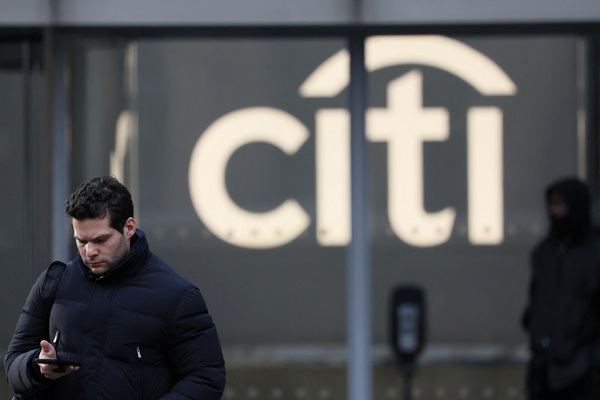Retrofitting sustainability into buildings

Kas Mohammed at Schneider Electric describes how to build a more sustainable future whilst ensuring business as usual
One of the biggest hidden challenges for businesses on the road to sustainability is the very buildings they operate in. Currently consuming around 30% of the world’s energy and accounting for almost 40% of annual CO2 emissions, the built environment provides one of our largest opportunities to address the climate crisis.
Despite this, many businesses are failing to incorporate buildings in their wider sustainability goals and strategies. For some, this could be due to the fear of disruption when undertaking a retrofitting transformation. In today’s tough economic climate, every second counts and it’s easy to see why a loss of productivity over a period of weeks, months or even years would be seen as off-putting.
However, creating more sustainable buildings is an essential part of the journey towards net zero. And for businesses, the benefits will often outweigh the costs. In fact, when done correctly, decarbonising office space has the potential to bring significant financial savings as well as environmental benefits.
Retrofits or new builds?
With reports estimating that 80% of today’s buildings will still be in use in 2050, it’s clear that simply commissioning an increasing number of new eco-buildings is not the solution. While new builds can be designed with green credentials in mind, many older buildings are not fit for purpose when it comes to implementing environmental strategies. For instance, 85% of rented non-domestic properties will not meet legal minimum energy performance levels by 2030.
Instead of looking to new builds, businesses should focus on retrofitting existing buildings to make them more energy-efficient and reduce the carbon emissions that come from them. Being aware of this could be a game changer for businesses on the journey to net zero, with recent research finding that retrofitting office buildings can slash carbon emissions by up to 70%.
And it’s not just emission reduction where retrofitting can offer great benefits. Upgrading office space can improve the comfort, health, and wellbeing of employees, reduce energy bills, and satisfy growing demands from employees for better green credentials.
Retrofitting will also soon become a legal requirement, with the Minimum Energy Efficiency Standards (MEES) set to make better energy performance ratings mandatory. Currently, the legal minimum Energy Performance Certificate for non-domestic properties is E. However, businesses and their building managers will be expected to improve this to C by 2027 and B by 2030, highlighting that there is no time to waste in the journey to retrofit.
Is the fear of retrofitting unfounded?
Despite sustainability being top of the boardroom agenda, many businesses are failing to think about the spaces that they operate in when considering their wider sustainability goals and strategies. For some, this is accidental, and for others the fear of disruption is holding them back.
However, retrofitting does not necessarily need to be a disruptive rip-and-replace project. A digital-first approach can help to ensure business continuity while delivering on sustainability progress.
Renovating through the deployment of digital technologies is not only less disruptive to daily operations but can also prove more effective from a lifecycle carbon perspective — a sustainability win-win. What’s more, failing to rapidly decarbonise buildings could actually result in stranded assets that lose value and are unattractive to investors, making the threat of not retrofitting even greater than taking the plunge.
Developing a digital-first retrofit strategy
A smooth retrofitting experience means maintaining productivity whilst becoming more sustainable. The truth is that we already have the digital tools available to transform the carbon footprint of existing building stock and minimise the impact of new builds. By following three key steps - strategise, digitise, and decarbonise - business leaders can ensure that buildings are future-proof and ready for incoming regulations and employee scrutiny.
First, developing a clear, achievable roadmap to reduce emissions will help the retrofit process go as smoothly as possible. By defining the level of implementation needed, the potential impact on emission reduction, and accounting for any operational disruption, leaders can assess the timescale to reach ROI and gain board buy-in.
Next, digitisation allows businesses to measure and monitor energy consumption and carbon emissions. After all, leaders don’t know what energy they are wasting until they are tracking it, and it is only through this digitisation process that trusted data can be gathered.
Finally, decarbonisation can be achieved through smart energy management. With technologies and solutions such as automation and IoT devices, renewable energy sources, and upgraded building systems and infrastructure, businesses can make great strides towards improving their green credentials. This electrification and digitisation of buildings will enable businesses to effectively reduce energy waste and costs, without compromising on the successful running of the building.
By focusing on areas that will have the biggest climate impact, such as minimising energy demand and reducing reliance on fossil fuels and unsustainable energy sources, leaders can create a digitally-driven strategy that brings maximum reward with minimum disruption.
Kas Mohammed is VP of Digital Energy at Schneider Electric
Main image courtesy of iStockPhoto.com and AleksandarNakic

Business Reporter Team
Related Articles
Most Viewed
Winston House, 3rd Floor, Units 306-309, 2-4 Dollis Park, London, N3 1HF
23-29 Hendon Lane, London, N3 1RT
020 8349 4363
© 2025, Lyonsdown Limited. Business Reporter® is a registered trademark of Lyonsdown Ltd. VAT registration number: 830519543





